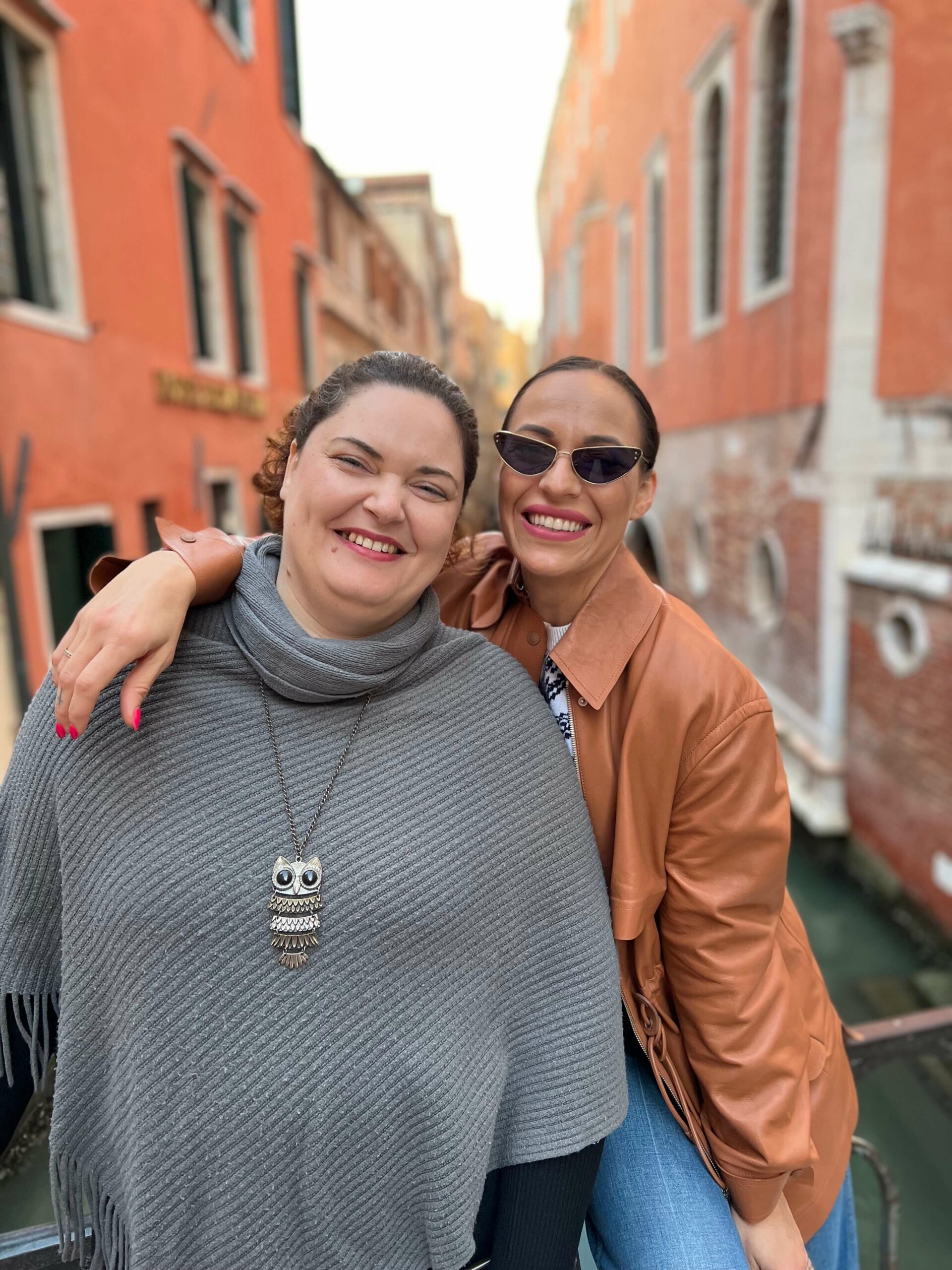
23 jan Realistic statue installations, gigantic statues and captions of a dreamworld: we visited Art Biennale
The 59th Venetian Biennale d’Arte was organised some months ago and we visited it –of course. The exhibition was postponed from 2021 to 2022 and was titled The Milk of Dreams. According to its title, dreamworld was explained from different art aspects. Every country could choose one or more artists who showed the opinion of the state of the planet and through their pieces they could also represent their home countries. The curator of the biennalé, Cecilia Alemani, said about the topic: „It tells a story about a world where we can find hybrid creatures and magical beings, and which celebrates the liberation of the mind, that we missed so much during the pandemic. The title can be interpreted in a lot of ways, but in my opinion it shows the role of the dreamlike dimension and a kind of surrealism in the exhibition.”
The exhibition was organised at different places, which meant that it is impossible to visit the whole in a weekend. So we set off early on our first morning and we chose the Giardini della Bienale for our first stop. This is a huge park on th edge of the historic centre of Venice in the Castello quarter. There are 30 exhibition pavilions which change their faces during the exhibition biennially. The first event was organised in 1895 and then the modern pavilions were designed to show their home countries’ face by architectural solutions- that’s how the façade of the buildings were really interesting on their own.
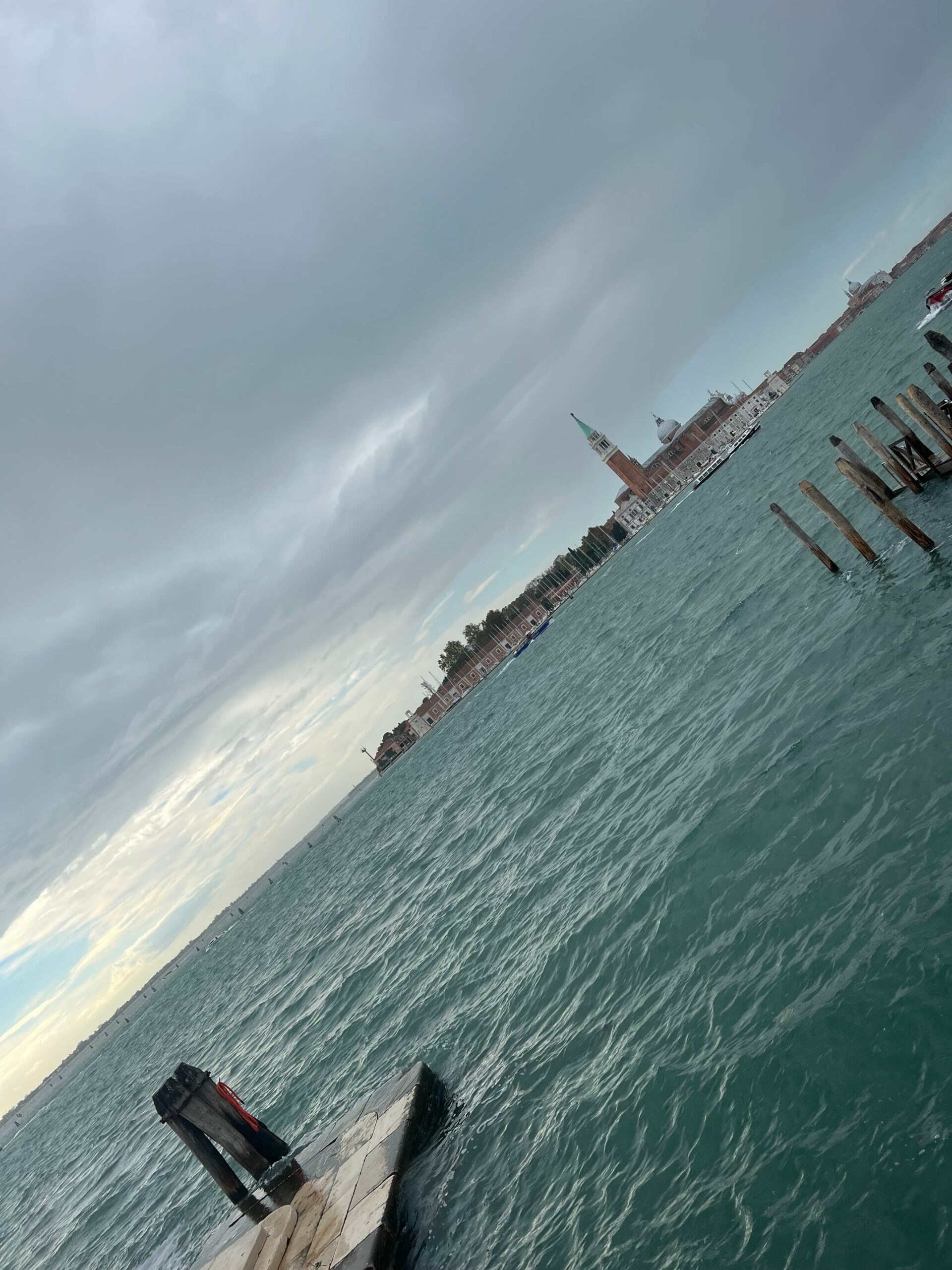
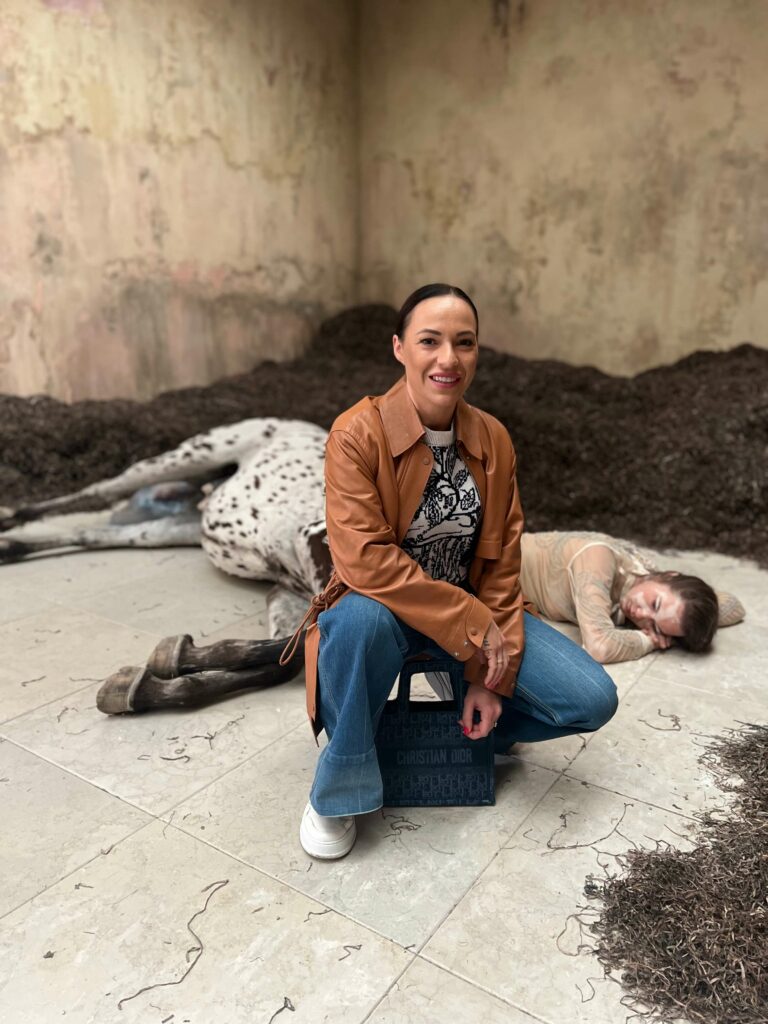
Even the very first pavilion we entered showed us a dramatic and hyper realistic world which flew us to a hybrid age that mixed the historical Danish countryside with sci-fi creatures. Entering the building we arrive in a messy Danish peasant house where a centaur family of three lived and died. This fact wasn’t obvious for the first sight as we didn’t know either their story or that if we are in the past or in the present. The first room represented a stable where a surprisingly realistic (we looked at it at least three times to be sure that it is ‘just’ a statue) female centaur laid with eyes wide open, surrounded by blood and with a fetus covered in a blue bubble between her legs. In the next room we found the male centaur hung to the ceiling by chains on its neck surrounded by food and harnesses. Who is this family? And what happened to them and to the world they had lived in? The statue installation created by Uffe Isolotto and called We walked the Earth is shocking and thrilling and made us question a lot of things and think of it over and over again.
Leaving the past we turned to the future and examined 5 huge kinetic installations in the Korean pavilion. Yunchul Kim dreamed about them and put music to the middle of his art -since he had had musical studies. His exhibition mixed technology with mythology where materials and microns became poetry, art and philosophy. This theory came true dramatically in the Chroma V installation which can’t be understood for the first sight. It perfectly looks like the skeleton of a dinosaur, but the 50-metre-long structure covered with scales, looped with special ties is the line of algorithms generated by the artist. It was really amazing to admire this gigantic creature whose cells were living and breathing and changed their colours and brightness.
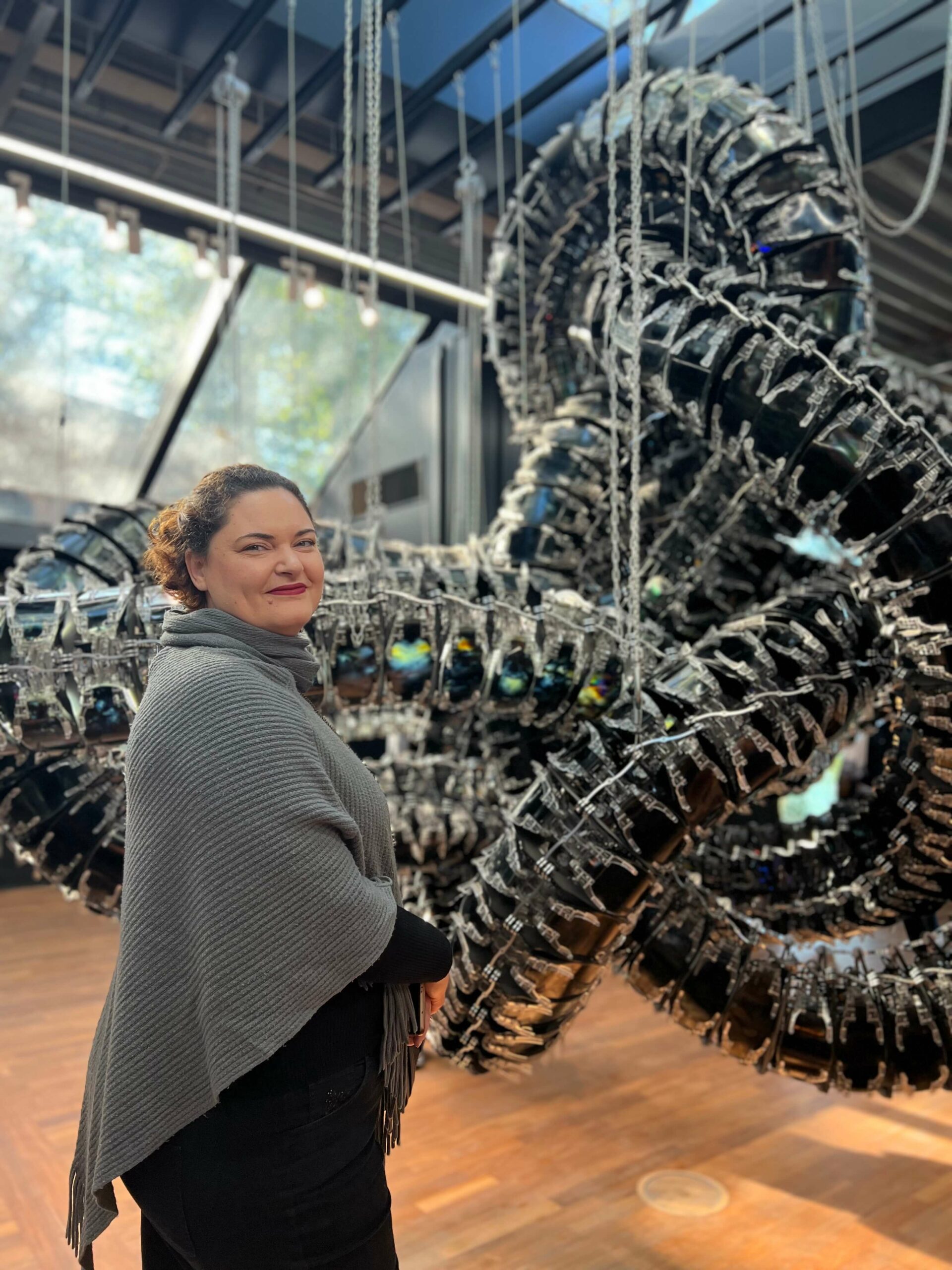
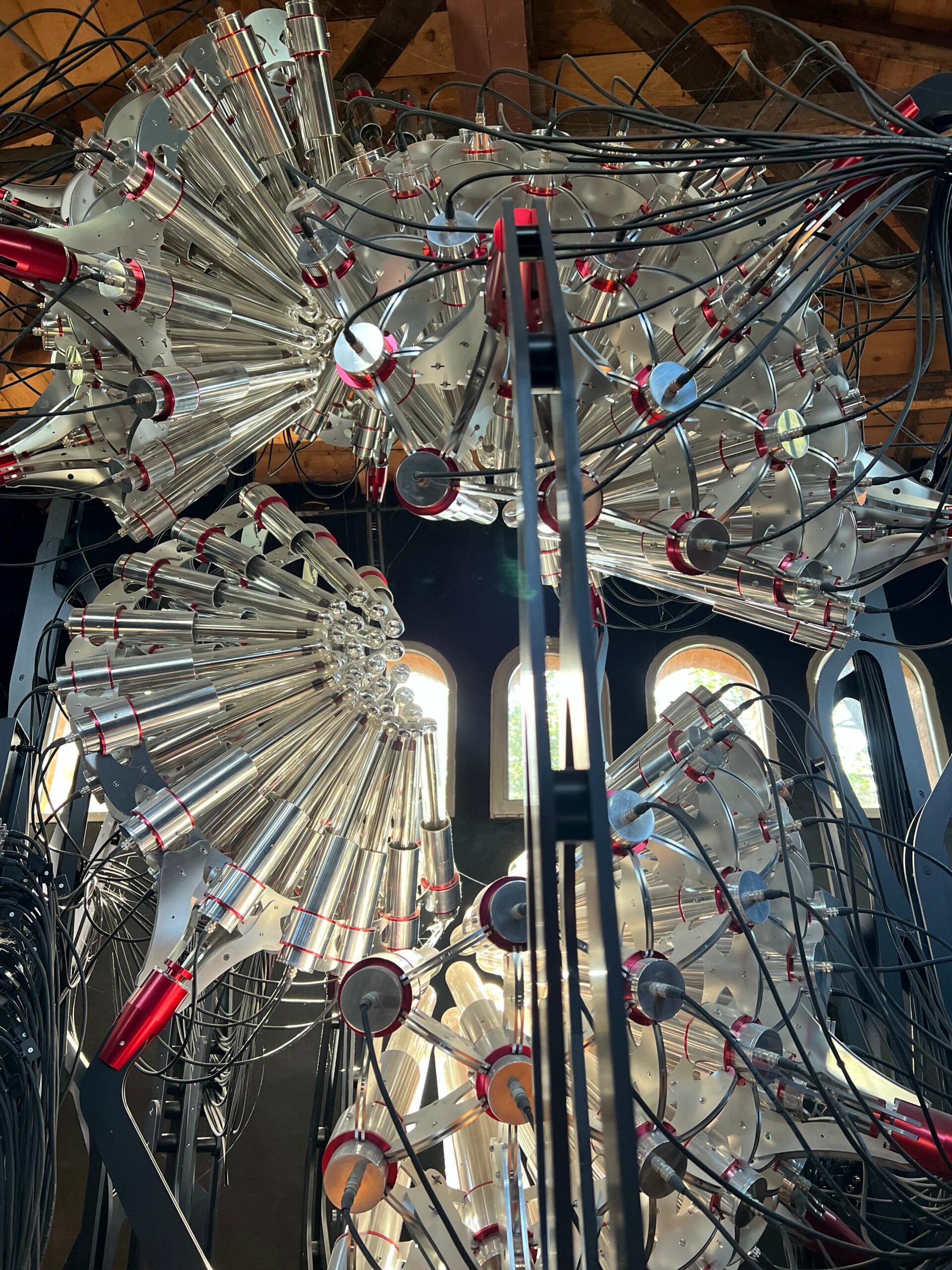
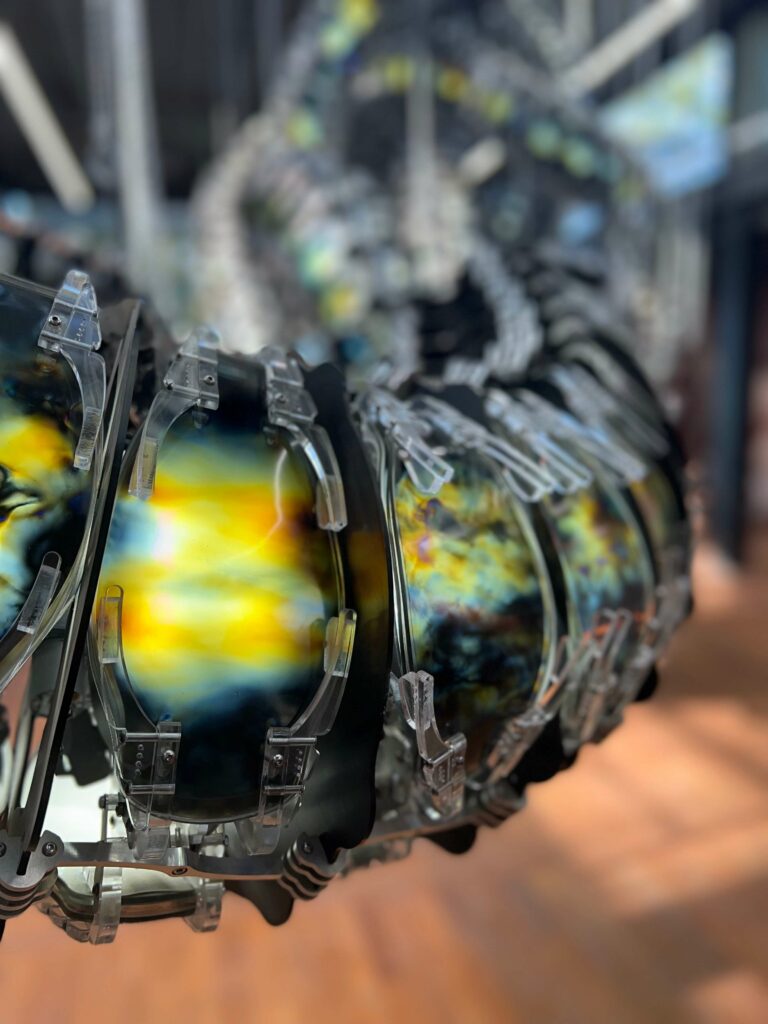
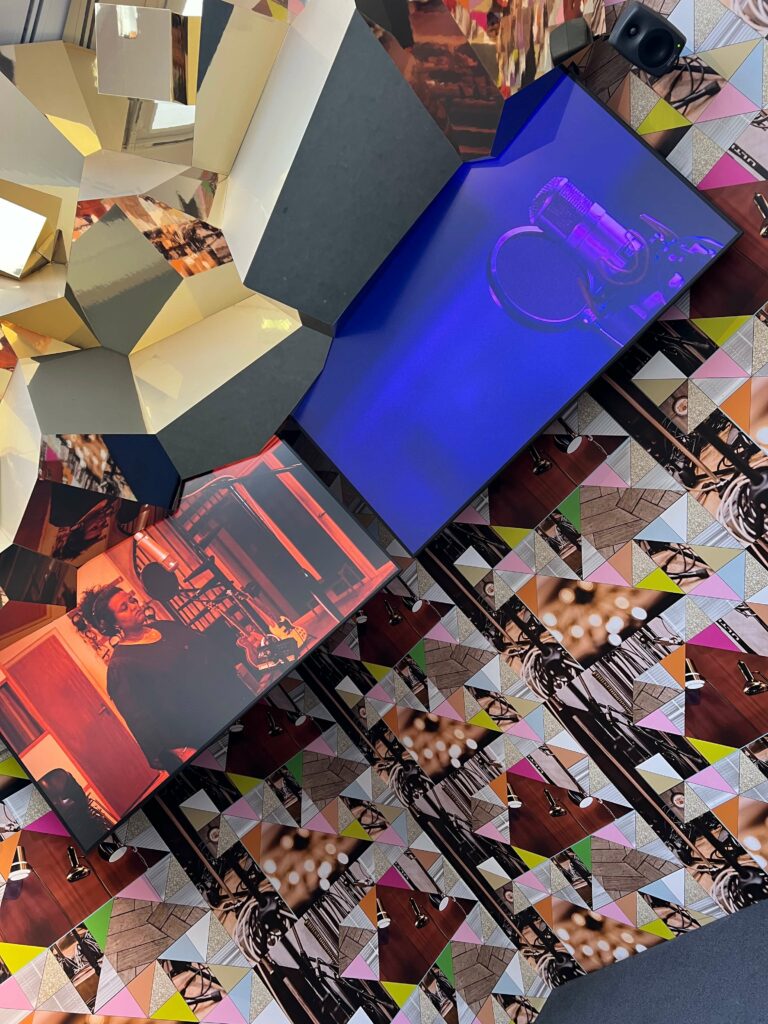
The interesting harmony of music and technology inspired a lot of artists during the exhibition, some of which were awarded as well. The British pavilion with the installation created by Sonia Boyce and Emma Ridgway won the Golden Lion for the best national participation at the 59th Venetian Biennale. Entering the rooms we could hear wonderful female voices, so for a second we thought we are in a studio, but then realised that this is part of the exhibition. We saw vocal improvisations of such great singers like Jacqui Dankworth, Poppy Ajudha, Sofia Jernberg, Tanita Tikaram and Errollyn Wallen. The extraordinarily innovative and experimental aspect and the audiovisual elements of the artist are really contemporary representation of the topic that questioned the connection between the creator and the composer with the rapid formation of the ideas.
Once we describe the different artistic ideas of music we can’t leave out the Australian pavilion created by the quite extreme Marco Fusinato which was loud for 200 days because of an electric guitar. Walking among the amazing buildings we heard a quite interesting and loud guitar that tool our attention, so we decided to follow the music and soon we found ourselves in front of a huge black building. After entering it we got a pair of headphones which hardly protected us from the experimental noise project created by the artist and Alexie Glass curator. The sounds were synced with the pictures projected to a wall (the pictures were beautiful on their own). Lights were flashing and the artist was sitting while showing his back and playing the music (probably his headphones filtered noise much better than ours -as we could only stand it for 30 seconds). Although the installation was quite dividing we loved every minute of it- but it is not surprising that according to Marco’s opinion his pieces won’t be the favourites of most of the visitors.
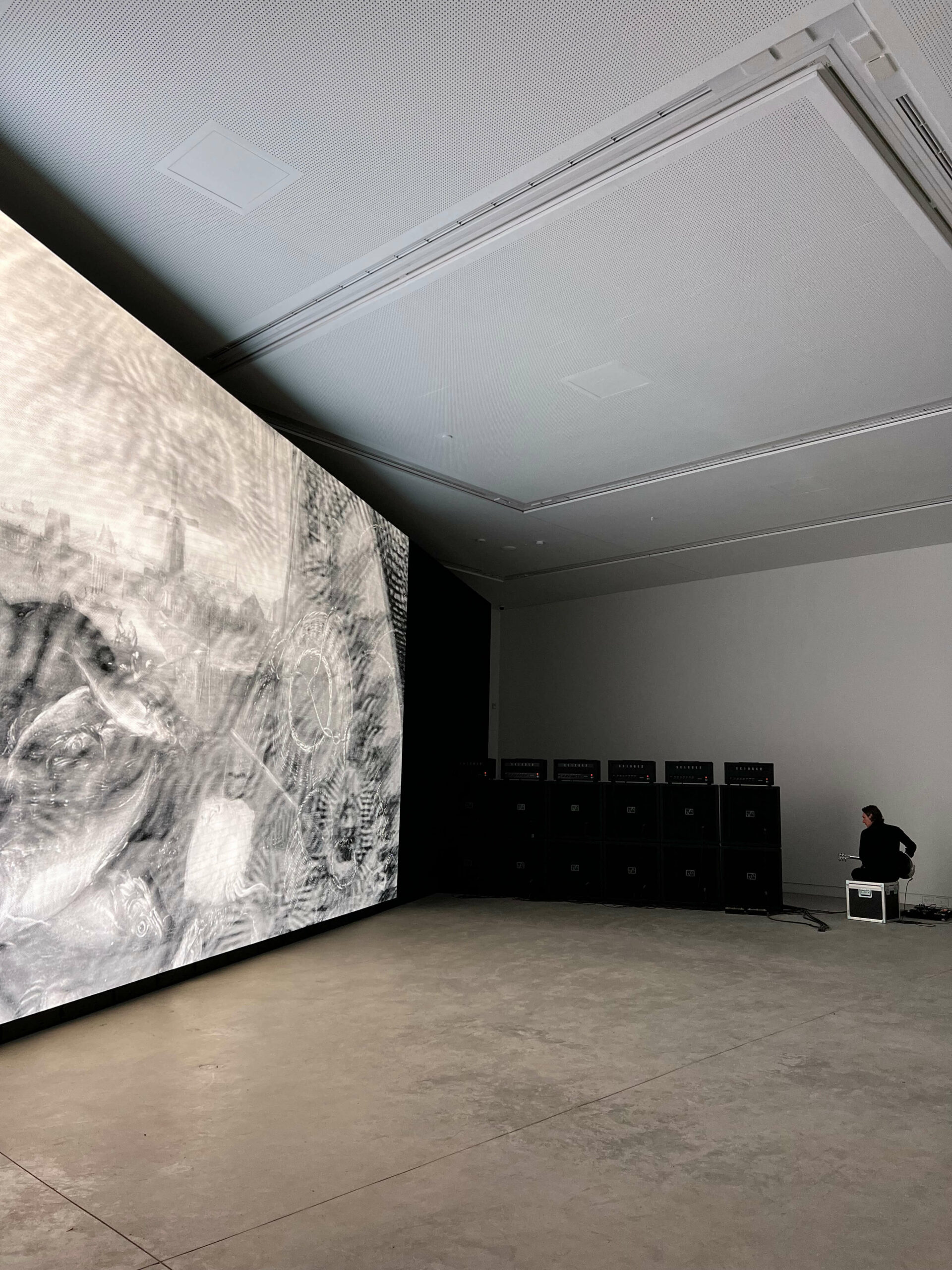
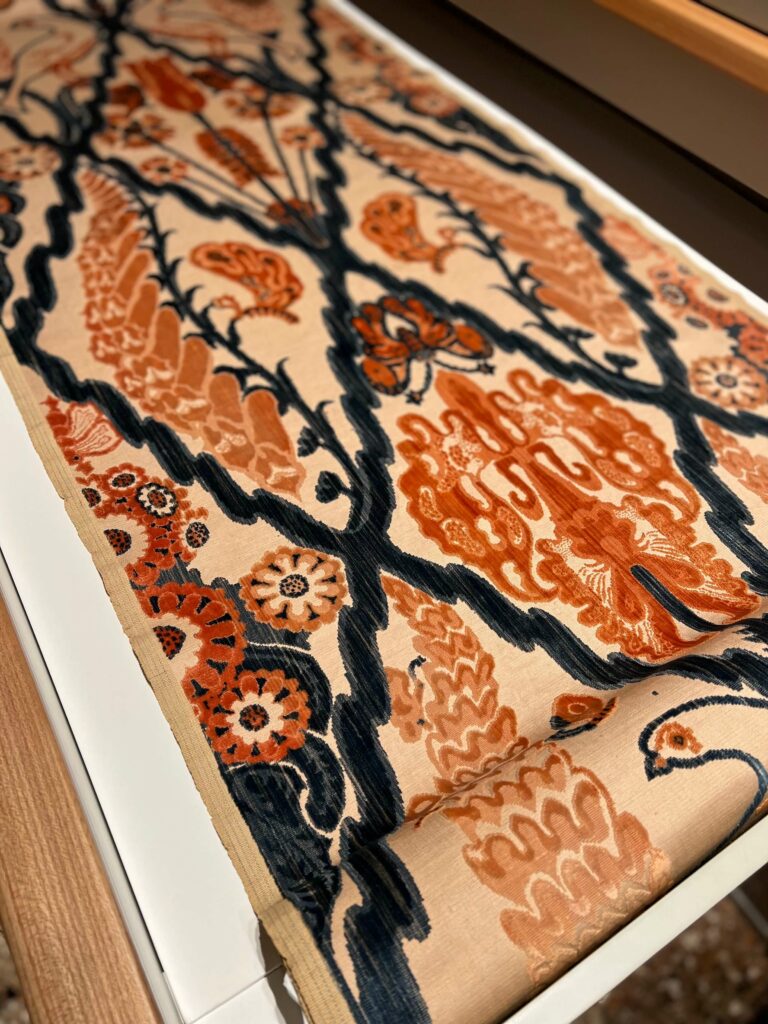
You cannot pass by Simone Leigh’s gigantic statues, so it’s not surprising that our feet rooted when we saw the American pavilion dreamed and recreated by her. We admired the building with thatched roof (refer to some statues, too) and surrounded by wooden pillars. The 7-metre-high bust was in the very middle waiting for the visitors. The installation, which was hiding the classic architecture, reminds us of Thomas Jefferson’s Monticello plantation where more than 400 slaves lived and worked. Leigh explores the African-American female body, examines how it was shown and used and leaves a powerful handprint on her sculptures. Each room of the pavilion gave a new picture of a body imagined by the artist and each picture enchanted us. No wonder that Simone Leigh got the Golden Lion award for her statue called Brick House (2019). The jury qualified it as a well-researched, virtuously designed and powerfully enthusiastic, monumental statue.
